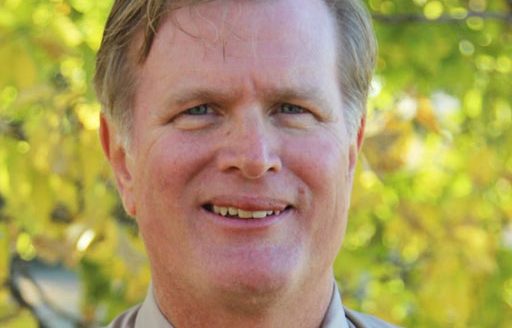As farmers are getting ready to wrap up fall harvest, getting their wheat planted and tending to livestock in preparation for winter, another task front of mind is water.
Each state in the High Plains has been facing many of the questions that Kansas faces—how long will underground water sources be able to be tapped into? Are reclamation projects viable? Are all areas of the High Plains impacted? Is there enough water so rural communities can grow?
There are no easy answers. Nearly every state in the High Plains has been working through the issue. Prolonged drought conditions make it more difficult. In southwest Kansas and regions nearby, large packing plants and dairies have become commonplace. Those industries are important to the state, regional and national economy.
The ability to raise irrigated corn has helped to bring incredible change to the High Plains in 75 years. But there are warning signs—most notably the Ogallala Aquifer.
In this edition, Field Editor Kylene Scott takes an in-depth look at the Kansas Water Plan, which includes aquifers, reservoirs, improving water quality, resiliency to extreme weather and awareness education. She noted that in a series of meetings that the Kansas Water Authority wants farmers and ranchers to provide input and includes a response deadline by Nov. 8.
At a recent Kansas Livestock Association regional meeting at the Hy-Plains Feedyard conference center in Montezuma, which is served by the Ogallala Aquifer, the attention was focused on water. Tom Jones, owner and manager, remembers past meetings that also included a push to conserve water because it made economic sense. There is a connection between growers, seedstock, customers and feedyards, but it is a fragile relationship. When any part of the sector gets out of balance, it puts stress on the other parts of the system and ultimately impacts farmers and ranchers.
One theme in conversing with attendees was a sense that having a long-term plan to meet the needs of all the sectors Jones spoke about was necessary. Attendees noted that working together is the best way to provide long-term success for not only today’s generation, but also so future generations also can be successful.
Blake “Brownie” Wilson, manager of Geohydrology Support Services with the Kansas Geological Services, encouraged growers to be active with their organizations and provide input and insight that can lead to long-term success. The good news is, he said, “We’re not at the end of the aquifer’s life.”
However, he said that shale formations far underground make a difference in recharge rates. The decline of the Ogallala, and other aquifers, means conservation has to be a priority.
The Local Enhanced Management Areas and water conservation areas are examples where growers have found common ground and experienced success in retarding the decline of the Ogallala Aquifer. One LEMA, Sheridan 6, was an example where 99 irrigators in northwest Kansas agreed to a plan in 2013 to reduce water, and it has been successful enough to reduce water use by 35%.
That is an example where farmers and ranchers working together through a voluntary system can be successful. In the years ahead, the drive for greater collaboration must remain at the forefront because our economic system depends on water and bright minds seeking policies that work for the long run.
Dave Bergmeier can be reached at 620-227-1822 or [email protected].


